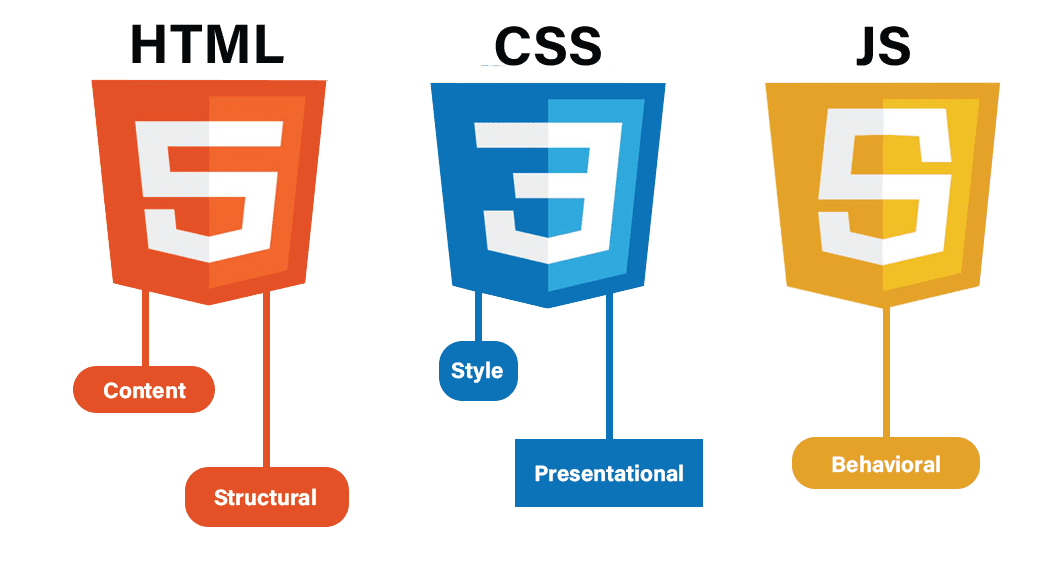WEB DEVELOPER’s
What do they do?
That is, the end design must include products offered and how clients may access services.
Building a user-friendly web site is challenging and rewarding, not to mention an essential skill for web developers. Applying code to form function and design is an important part of web design.
For example, a customer may want a form to capture an end user’s e-mail to request additional information, provide a newsletter, or thank a customer for their business. A developer aware of the many facets of web design, from the smallest detail to end-user functionality, is the ideal person for this position.
A web developer needs to know how to provide web content in a user-friendly environment. This task provides a challenging aspect to web site development and maintenance. The web site should not be so simple that it does not appeal to advanced users, nor should it be so complicated that the beginner is easily lost in the process

Knowledge in Hyper-Text Markup Language ( HTML ), JavaScript ( JS ) and Cascading Style Sheets ( CSS ) are the essence to web development. HTML is the main language used to display a web site or to appear in a web browser.
JS provides user interfaces and enhances interactivity to a website. CSS is used for the look and design of the website in spreadsheets written in HTML. These computer programming skills are essential to building and maintaining a web site.
The ability to design and use a database is also important. Databases are used to determine accuracy and performance in web site maintenance and design. A database avoids repetition of code in a web site or design. Oracle, Structured Query Language ( SQL ) or MySQL are common database management systems utilised for web development.
Oracle is a costly database management program and may not be appropriate for small business educations. Oracle is largely reserved for large corporations, government, or institutional intranets. SQL and MySQL are open-source platforms and are free to the public.
The database enables an end user to access the items available through a web site, such as order forms, to access information or to capture credit card data.

